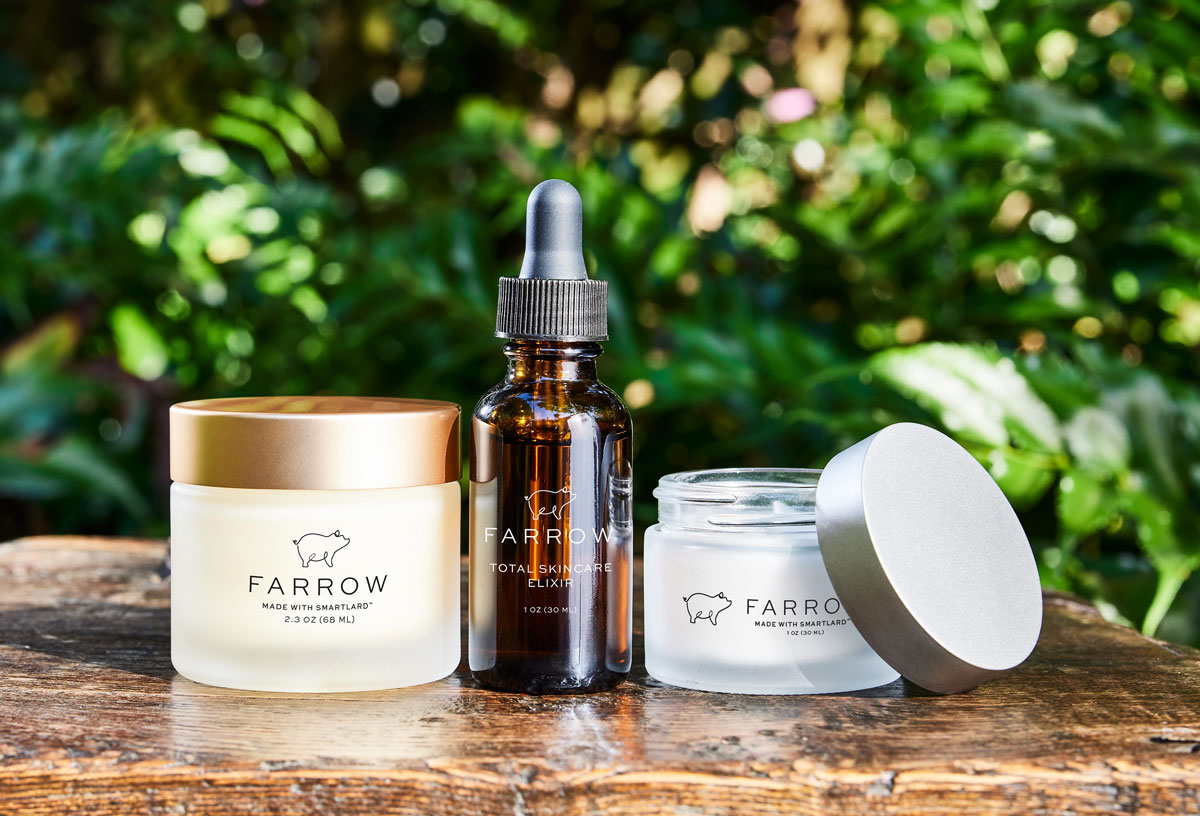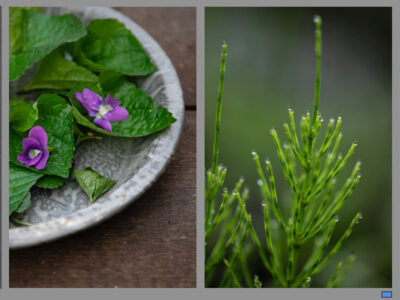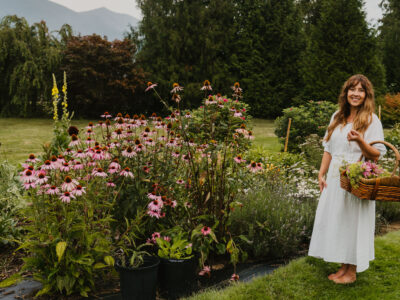You may not think of regenerative farming practices and skincare as topics that go hand in hand, but after this podcast, you might! Lard for skin care has more benefits than just moisturized skin; it can also help with sun exposure. Join me with Charles Mayfield from Farrow Skincare as we dive deeper into this topic.
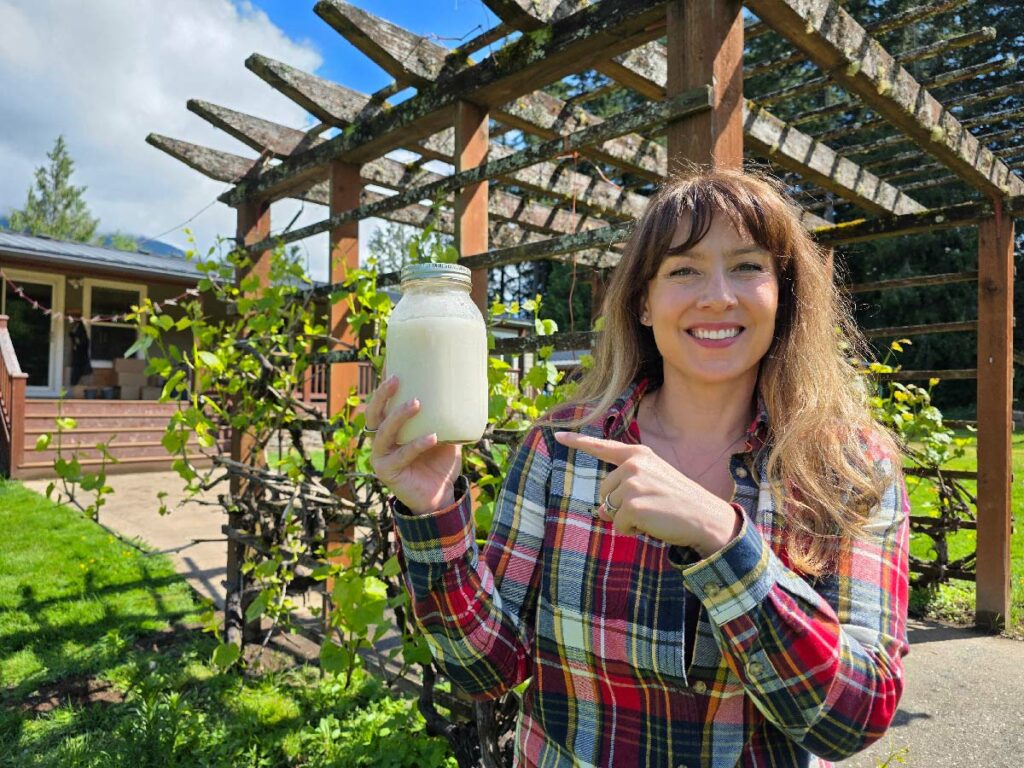
If you missed my podcast on why makeup and skincare ingredients matter, that’s one you’ll want to check out. I’m all for making my own homemade products, when possible, but there’s not always enough hours in the day.
🍞 Struggling With Sourdough?
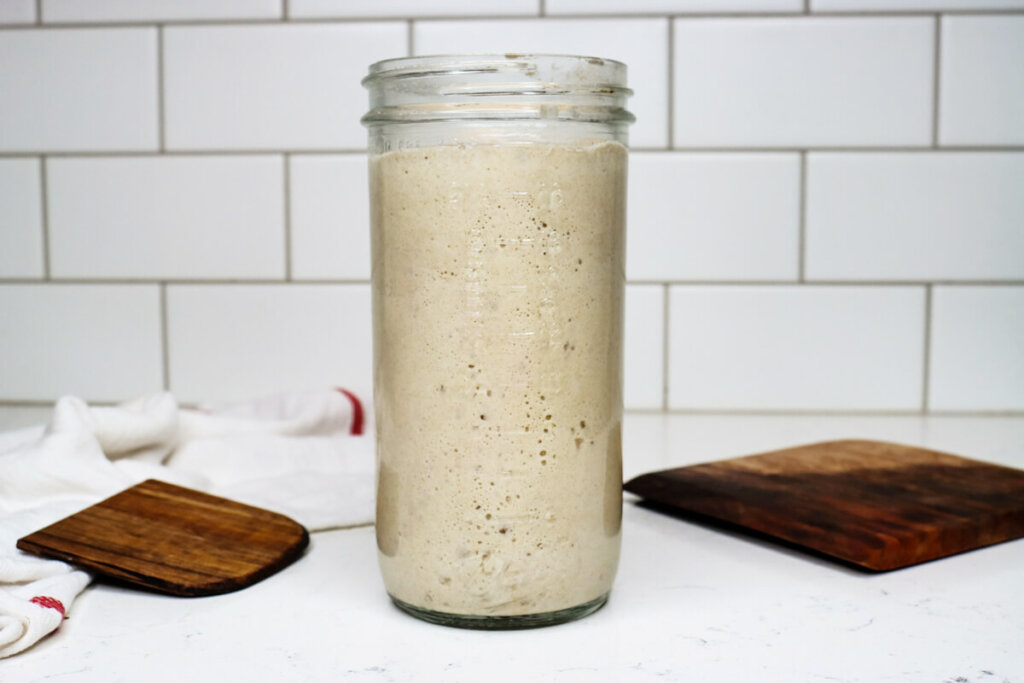
If your starter won’t take off, your loaves are dense and hard, or sourdough just flat-out overwhelms you…
👉 I’ll show you how to fix all of it.
Join my FREE live workshop and learn how to make a bubbly, active starter—the right way, from Day One.
🗓️ Jan 12 @ 1pm PT
Natural Remedies Made Simple
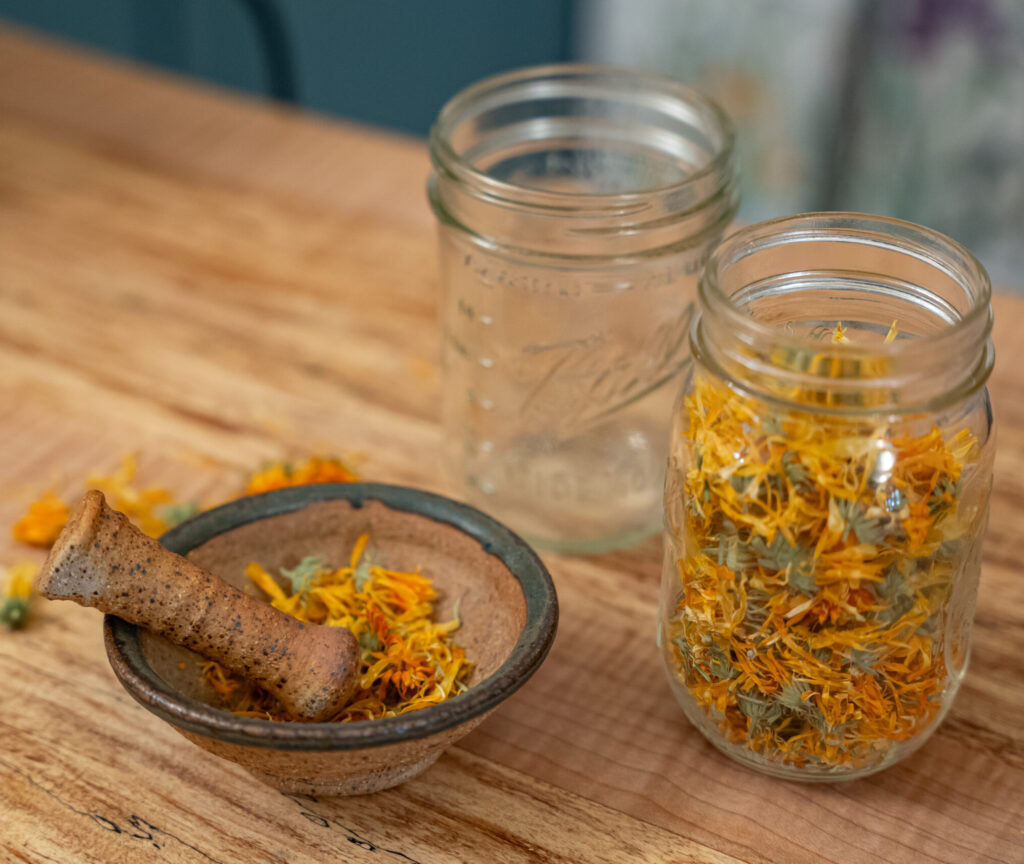
Start your home apothecary with confidence—even if you’re brand new. Learn how to choose the right herbs for your body using the simple principles of herbal energetics.
Discover how warming, cooling, drying, and moistening herbs affect your body—so you can stop guessing and start making remedies that actually work.
If you’re looking for some good homemade skincare, I recommend checking out my tutorials for homemade peppermint salve (for dry skin), this DIY herbal bentonite clay face mask and scrub, this homemade soap recipe, these homemade lotion bars, or this 3-ingredient homemade lip balm recipe.
But first, join me and my guest, Charles Mayfield, as we talk about the benefits of lard for skin health.
This post has been updated with my most recent podcast with Charles (episode #468), where we discuss the importance of proper sun exposure and how lard can play a role in both pre-sun and post-sun skincare.
You can also watch or listen to episode #449 below, THIS is the Long-Lost Secret to Your Best Skincare. You can catch past episodes of the Pioneering Today Podcast here.
About Charles

Charles is the founder of Farrow Skincare, which is a lard-based skincare brand that manifested from his experience as a regenerative farmer.
Farrow’s SmartLard technology was discovered through Charles’ experience as a pasture pig farmer. When combined with his culinary skills as a cookbook author, Farrow came to life.
Charles leads Farrow’s commitment to producing nourishing products through high-integrity ingredients and human touch. The company launched in January 2022 and continues to rely on organic growth through customer word of mouth and podcast appearances.
Farrow’s mission is to educate consumers on optimal strategies for skin health and create products to accelerate that process. (If you want to purchase Farrow Skincare products, read through to the end of the post for a discount code!)
Regenerative Farming Practices
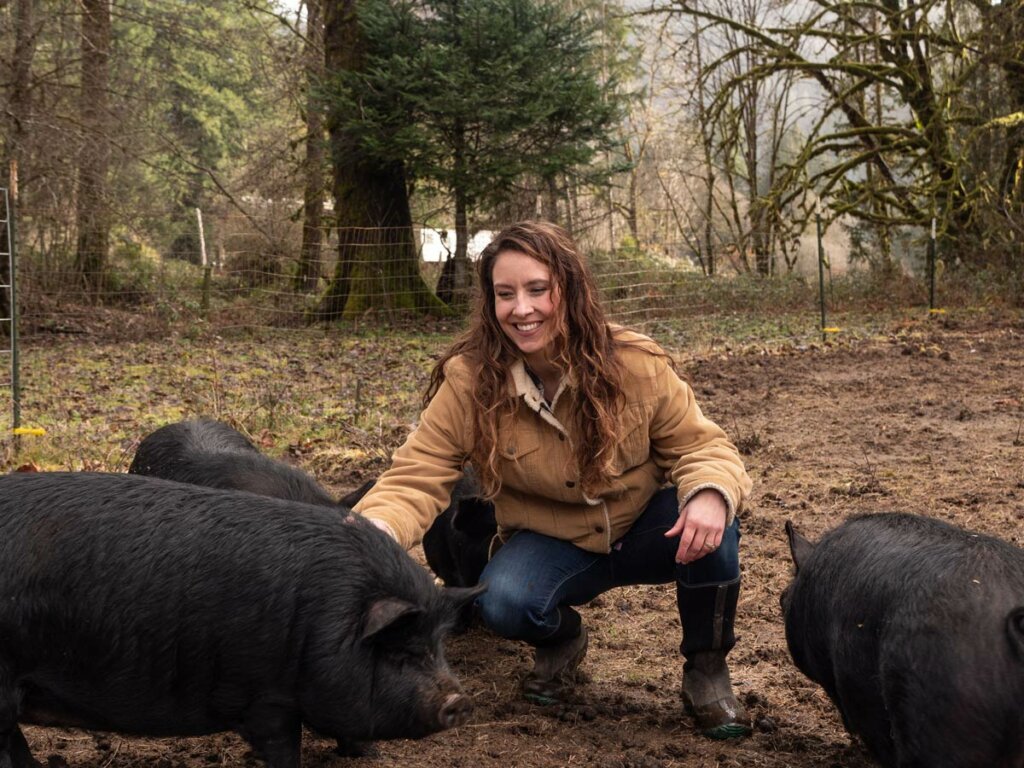
Charles has a very simplified definition of what regenerative farming is. He says, in a nutshell, if you’re building soil, then you’re farming regeneratively. So, if you’re focusing on improving soil health, you’re on the right track!
There are many nuances to a deeper practice of regenerative agriculture. To dig deeper into that topic, listen to this podcast on regenerative agriculture on a small homestead scale.
Because of Charles’ background in creating an operational homestead that follows regenerative practices, he was often left with excess lard from butchered pigs where his customers didn’t want the fat.
This is how Farrow Skincare was born.
The Demise of Lard

Just over 100 years ago, it used to be that every homestead would have a jar of lard handy. Sadly, most people today aren’t cooking with or utilizing the incredible benefits of lard.
In this podcast episode, Charles shared that in 1910, you could walk into any corner market and buy a can of lard. In fact, most people who weren’t raising their own pigs would walk out of that store with a can of lard because it was so commonly used in households (almost like buying a gallon of milk today).
With the invention of Crisco in 1911 and World War One a few years later (lard was used to make explosives), it wasn’t long before you could no longer walk into a store and find lard for purchase.
You could, however, find cans of Crisco. I mentioned in the podcast that Crisco’s marketing was brilliant (though harmful). They were great at convincing people to replace their lard with Crisco.
Charles is on a mission to bring lard back into the home again and make it commonplace. Not only in the kitchen, but in your skincare routine as well.
Lard vs. Tallow
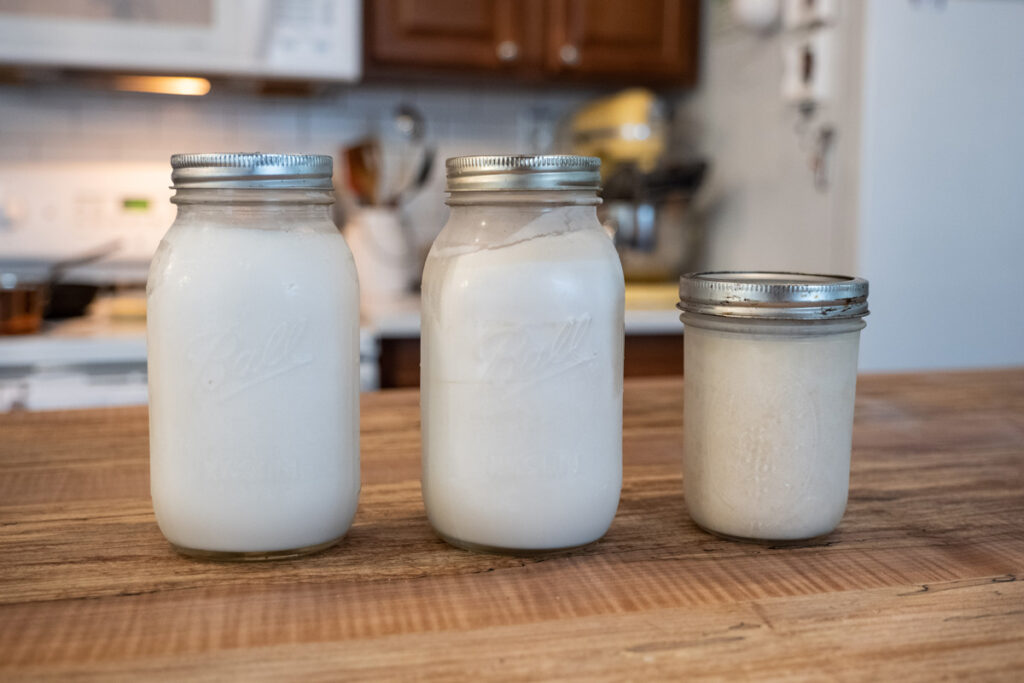
The Farrow Skincare line uses three forms of fat: tallow, leaf lard and lard. So, what are the differences between these fats?
- Tallow – Tallow is a placeholder term and can be from any ruminant animal (cow, bison, elk, etc.). It’s the visceral fat on these animals. Most commonly found for sale from cows, this visceral fat (called suet) is rendered down into tallow.
- Leaf Lard – It’s the visceral fat from a pig (or the tallow equivalent). Both pig lard and tallow are protected from the animal’s diet and lifestyle. So you can get high-quality lard or tallow from conventionally raised pigs and cows.
- Lard – Lard is the fat of the pig that’s throughout the meat. It tends to have more of a “pig-like” scent and can be affected by the pig’s diet and lifestyle.
If you’re sourcing lard, tallow (suet) or leaf lard and rendering it yourself, Charles recommends always doing “wet rendering.” This means adding a small amount of water to the bottom of your pot before adding the fat.
This is how I’ve always rendered my lard, I just didn’t realize it was called wet rendering. You can check out this post for my step-by-step tutorial on how to render lard.
Lard & Skincare
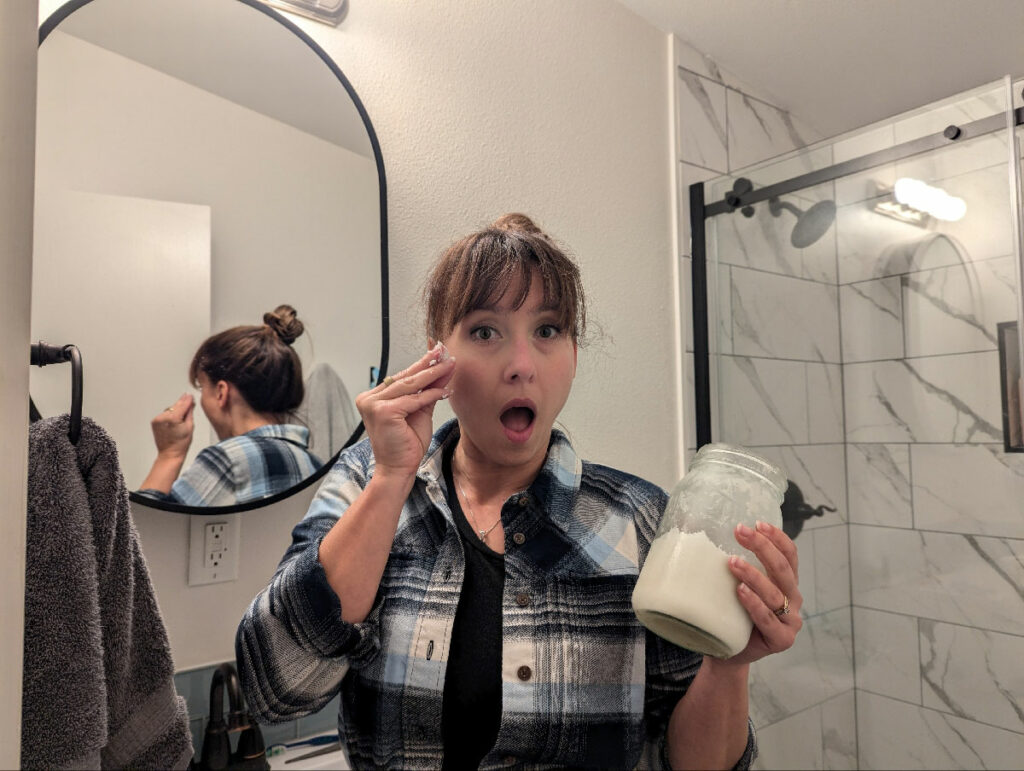
Skincare is actually a fat-based industry. You can look all the way back to Cleopatra taking a milk bath, which was to reap the benefits of the milk fat.
Most skincare products have three main parts: water, a fat source, preservatives and other ingredients that we generally try to avoid if we’re striving to live a non-toxic lifestyle.
- Water – The water in the skincare is necessary for emulsification. Water is fine in a sterile environment; however, once the skincare product has been opened and exposed to germs, it needs preservatives to prevent mold and bacteria from growing.
- Fat – Most skincare products on the market today utilize plant-based fats. If you’re lucky, it will be something like coconut oil, avocado oil, olive oil, macadamia nut oil, etc. However, more than likely, you’re getting a cheaper ingredient such as a seed oil.
- Petroleum Derivatives, Preservatives and Other Ingredients – The last category of what makes up skincare are ingredients that are generally some derivative of petroleum (such as Vaseline), preservatives that are needed to prevent the product from going rancid or growing bacteria, and other ingredients that are touted as healthy and good for our skin (hyaluronic acid, retinol, etc.).
What we often forget is that our bodies generally can’t recognize many of the ingredients in skincare and don’t always utilize them in the way we think they should.
Our skin can’t differentiate between healthy and harmful ingredients, so if an ingredient goes on our skin (our body’s largest organ), it goes into our bloodstream. This may not seem like a big deal since we generally use such a tiny amount of skincare on a daily basis, but each application adds up and can eventually cause greater harm.
When our body doesn’t recognize an ingredient (and therefore doesn’t know how to use it), it sends it to our fat cells, where it’s stored until it can figure out what to do with it or how to rid it from the body. This is how we can get high levels of toxins built up in our bodies.
On the flip side, when using skincare products made from a base like tallow and lard, our body knows what to do with that ingredient and we know it’s not harmful.
Why Choose Natural Skincare Products
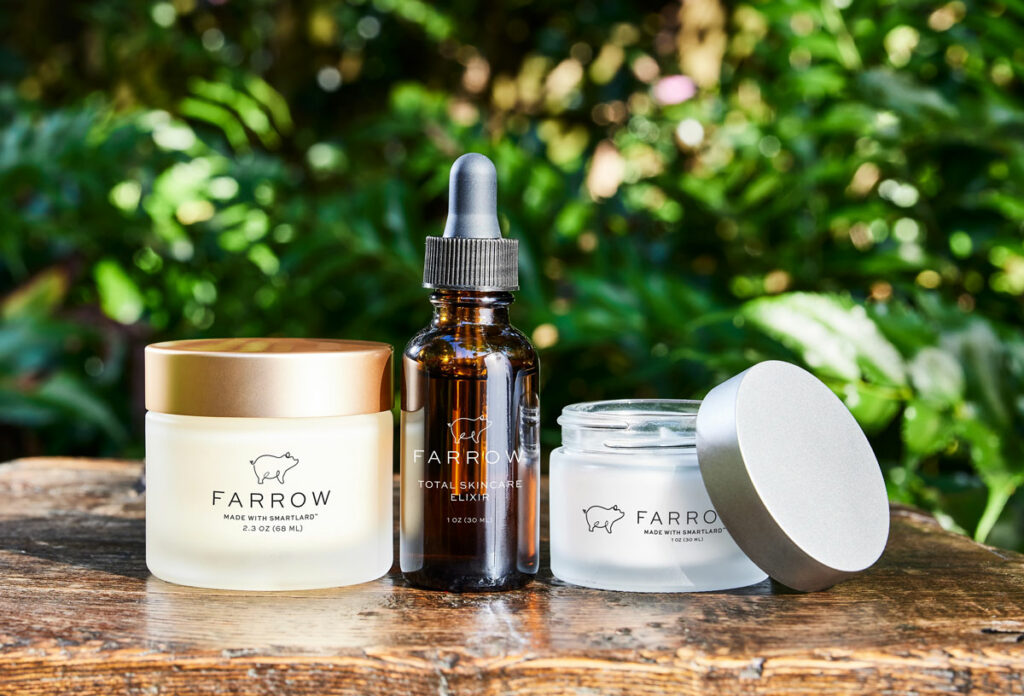
Charles shares how tightly pig and human DNA are intertwined. Doctors test surgeries on pigs; if you know someone who has had a heart valve replacement, that valve likely came from a pig. We harvest and use many hormones from pigs because they align with human biology more than any other animal.
Charles says, “The swine is divine, but the lard is hard.” What this means is that the lard from a pig is fantastic for soaking into our skin and doing wonders, while the tallow is a sealer and creates a barrier for the protection of our skin to lock in the moisture from the lard.
By combining both ingredients in his skincare products, we can reap all the benefits from both sources.
Farrow Skincare
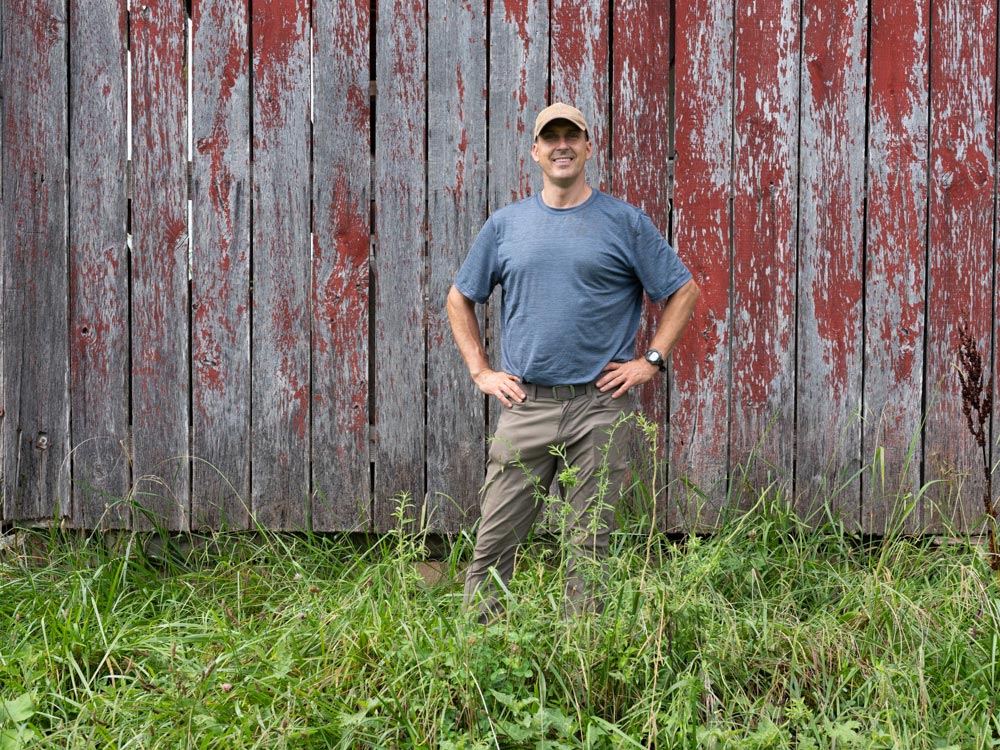
So, how did a man who practiced regenerative farming start a skincare company? Great question!
Many years ago, Charles experienced a severe sunburn and needed something to help soothe the pain. He remembered as a child, his mother always had a jar of aloe vera in the refrigerator, but he didn’t have any, so he searched for something that would mimick that. After looking in his fridge, he found a jar of leaf lard.
He slathered his body in the cold lard and sat down. Within ten minutes, he said you wouldn’t have known he even put something on his skin; it absorbed it so quickly (and was just what his body needed).
The next morning, he repeated this, adding a thick layer of lard to his sunburn. Within two or three days of repeated application, Charles said his sunburn was completely gone, and in the weeks that followed, his skin never even peeled.
At this point, he knew he had found something incredible, so he started experimenting with some recipes. After much trial and error (and realizing why cosmetic companies use so many preservatives and unnatural ingredients), he finally found the right combination of natural and healthy skincare.
You can find Farrow Skincare products at the linked website, and Charles is offering all our listeners 15% off your purchase with coupon code “Melissa15”.
You can also follow Farrow Skincare on Instagram.
More Posts You May Enjoy
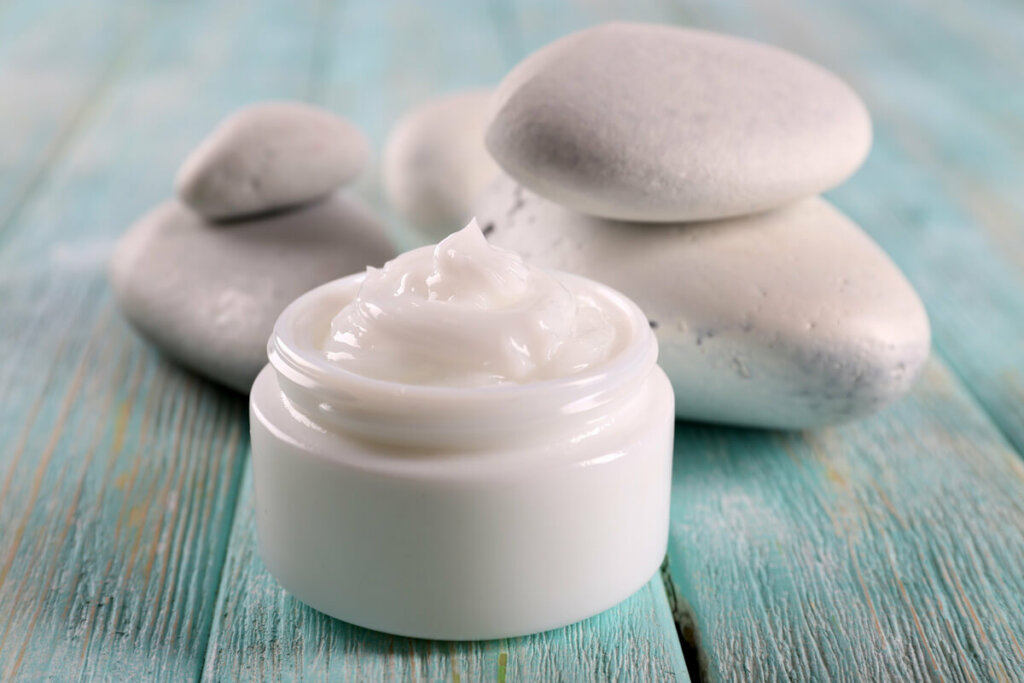
- Do Natural Deodorants Really Work?
- DIY Herbal Bentonite Clay Face Mask and Scrub
- How to Make Homemade Lotion Bars
- 5 Homemade Natural Cleaner Recipes (That Really Work!)
- Homemade Peppermint Salve for Dry Skin
- Homemade Soap with Natural Colorants and Tips
- How to Make Soap at Home- Beginner’s Guide to Soap Making
- 3 Ingredient Homemade Lip Balm Recipe
- 15 Homemade Natural Herbal Bath and Body Gifts
